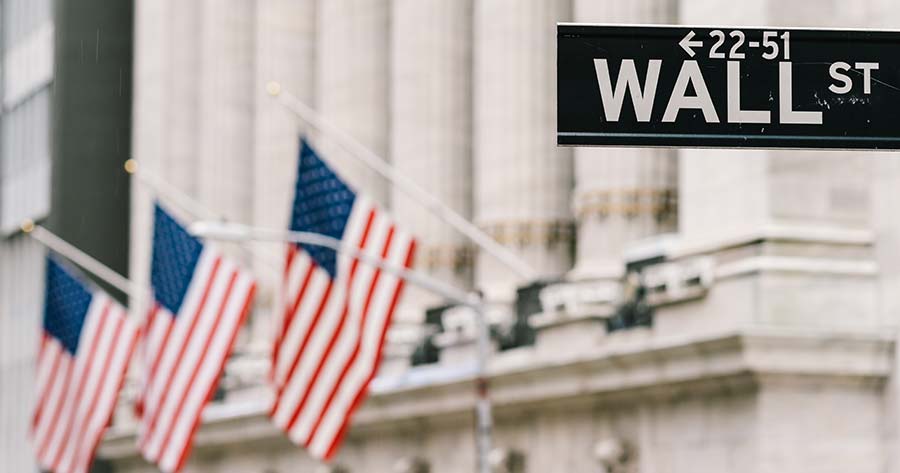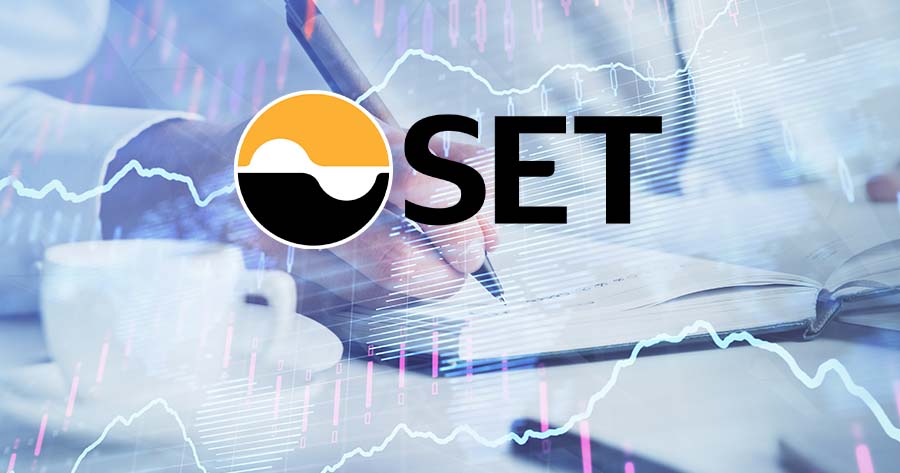U.S. equity markets surged on Friday, notching significant gains after Federal Reserve Chair Jerome Powell signaled the central bank is considering potential rate reductions in the near term.
During his keynote remarks at the Jackson Hole symposium, Powell acknowledged the need for flexibility as policymakers weigh the effects of persistent inflation and evolving economic headwinds.
The Dow Jones Industrial Average rallied by 858 points, marking a 1.92% uptick and setting a new record high. Meanwhile, the S&P 500 advanced 1.61% and the Nasdaq Composite soared 2.03%, as market participants repositioned in anticipation of more accommodative monetary policy.
Investor expectations have grown increasingly bullish on the prospect of lower borrowing costs, with futures markets now forecasting a 91% likelihood of a 25-basis-point cut when the Federal Open Market Committee convenes in September, according to CME’s FedWatch tool.
At the symposium, the Fed’s chair told the audience that includes international economists and policymakers that while the labor market appears to be in balance, it is a curious kind of balance that results from a marked slowing in both the supply of and demand for workers. This unusual situation suggests that downside risks to employment are rising. And if those risks materialize, they can do so quickly.
“It is also possible, however, that the upward pressure on prices from tariffs could spur a more lasting inflation dynamic, and that is a risk to be assessed and managed,” said Powell.
“The stability of the unemployment rate and other labor market measures allows us to proceed carefully as we consider changes to our policy stance. Nonetheless, with policy in restrictive territory, the baseline outlook and the shifting balance of risks may warrant adjusting our policy stance.”
Federal Reserve Chair Jerome Powell’s latest remarks have amplified expectations for a potential rate cut when policymakers gather for their September 16-17 meeting, while simultaneously emphasizing that upcoming economic data will play a critical role in shaping the central bank’s next move.
Attention now turns to the upcoming employment report set for release on September 5. Investors and policymakers alike will be scrutinizing job creation trends, wage growth, and labor market strength for signs of either resilience or cooling. Shortly after, consumer and producer inflation data will be published, offering further insight into whether price pressures remain elevated or are starting to subside.
The Fed has maintained its benchmark rate between 4.25% and 4.50% since December, opting for a wait-and-see approach as policymakers monitor the dual challenge of sticky inflation and potential economic fallout from the incoming administration’s trade agenda. With consumer prices running above the central bank’s 2% inflation target and fresh tariff measures expected to further stoke costs, the debate over policy easing has come into sharper focus.





